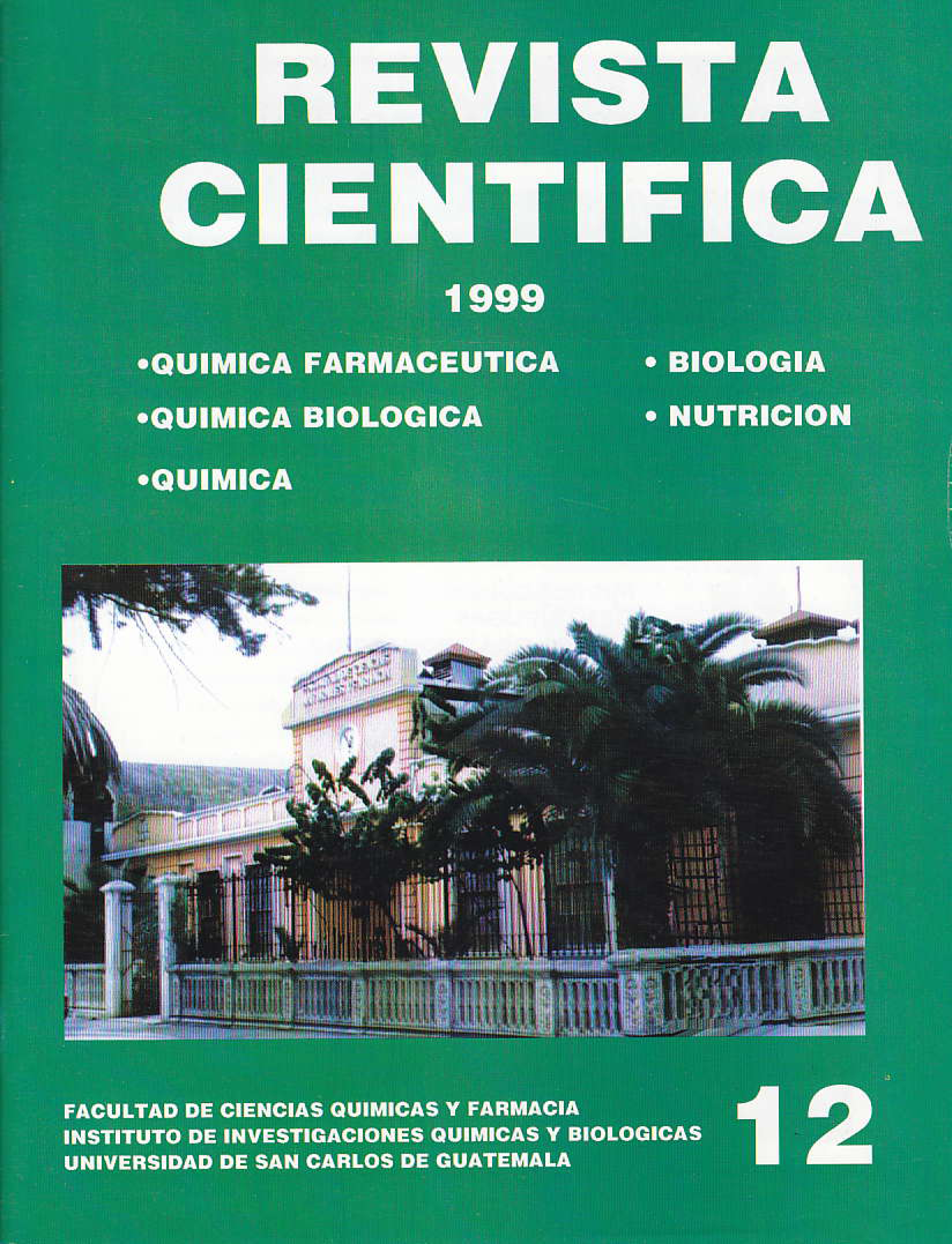Incidence of hepatitis B in at-risk personnel
DOI:
https://doi.org/10.54495/Rev.Cientifica.v12i1.342Keywords:
incidence, hepatitis B, at-risk personnelAbstract
In order to establish the incidence of hepatitis B in at-risk personnel, a serological study was carried out among 325 health workers at the San Juan de Dios General Hospital in Guatemala; in which the following markers were evaluated: Hepatitis B Surface Antigen (HBsAg), Antibody against the Surface Antigen (Anti-HBsAg), and Antibody against the Central Antigen (Anti-Core). We used in our study the techniques of: Multienzymatic Solid Phase Assay ELISA, according to the Behring Enzygnost and SERODIA Passive Hemagglutination methods. Taking as positive all those cases in which at least one of the three serological markers evaluated was found. We included in the study different areas of work, as well as different professions and trades, in order to determine those with the highest risk of infection with the hepatitis B virus. In addition, a survey was conducted on all people included in the study. in which various aspects were evaluated, which allow us to determine whether the incidence found can be attributed to work factors (work areas, frequency and type of work accidents, risky practices, etc.), or to other causes unrelated to their profession (IV drugs, transfusions). previous blood tests, HB vaccines, tattoos, etc.). We obtained a total of 40 positive cases (12.31%) from the studied population, which revealed the following: 0 cases of HBsAg (no cases of acute hepatitis B or asymptomatic chronic carrier state). 32 cases of Anti-HBsAg and Anti-Core (pre-infection followed by immunization by antibody production). 1 case only Anti-HBsAg (due to previous immunization with vaccine). 7 cases only Anti-Core (previous infection in which Anti-HBsAg has already disappeared, or window period”, in which HBsAg is no longer detected and there is still no Anti-HBsAg) (1).
Downloads
References
Overby L, et al. Serologic Profiles of viral hepatitis. JAMA 1984; 51:14: 121-124.
Havens WP. Giles JP. Clinical Pathological in viral hepatitis B. Pathol 1983;33:722-724.
Thomas HC, Montano L, Goodall A. Epidemiology of hepatitis B. J Med Microbiol 1 975; 84: 432- 438.
Hadier SC, Doto IL, Maynard JE. Ocupational risk of hepatitis B infection in hospital workers. Infect Control 1985; 6: 24-31, https://doi.org/10.1017/S0195941700062457 DOI: https://doi.org/10.1017/S0195941700062457
Pattison CP, Maynard JE, Berquist KR. Epidemiology of hepatitis B in hospital personnel. Am J Epidemiol 1975; 101:59-64, https://doi.org/10.1093/oxfordjournals.aje.a112071 DOI: https://doi.org/10.1093/oxfordjournals.aje.a112071
Krugman S. Hepatitis B Inmunoprofilaxis. Lab Med 1983; 14: 727-732, https://doi.org/10.1093/labmed/14.11.727 DOI: https://doi.org/10.1093/labmed/14.11.727
Fields HA, et al. Sensitivity of enzyme linked immunosorbent assay (ELISA) for detection of hepatitis B surface antigen. WHO 1983; 61: 135-142.
Altafulla M, Del Castillo R. Incidence of hepatitis B surface antigen in hospital personnel, Metropolitan hospital complex in Panama. Rev Lat Amer Microbiol 1983;23:160-171.
Prince Am. Prevalence of serum hepatitis related antigen (SH) in different geographic regions, Am J Trop Med 1970:19:872-879, https://doi.org/10.4269/ajtmh.1970.19.872 DOI: https://doi.org/10.4269/ajtmh.1970.19.872
Hoofnagle JF. Serological markers of hepatitis B virus infection. Ann Rev Med 1981;32:1-11, https://doi.org/10.1146/annurev.me.32.020181.000245 DOI: https://doi.org/10.1146/annurev.me.32.020181.000245
Downloads
Published
How to Cite
Issue
Section
License
Copyright (c) 1999 Silvia Eugenia Soto Cordón, Julio Cáceres, Jorge R. Pérez Folgar

This work is licensed under a Creative Commons Attribution 4.0 International License.
Authors who publish with this journal agree to the following terms:
- Authors retain copyright and grant the journal right of first publication with the work simultaneously licensed under a Creative Commons Attribution License 4.0 that allows others to share the work with an acknowledgement of the work's authorship and initial publication in this journal.
- Authors are able to enter into separate, additional contractual arrangements for the non-exclusive distribution of the journal's published version of the work (e.g., post it to an institutional repository or publish it in a book), with an acknowledgement of its initial publication in this journal.
- Authors are permitted and encouraged to post their work online (e.g., in institutional repositories or on their website) prior to and during the submission process, as it can lead to productive exchanges, as well as earlier and greater citation of published work.









